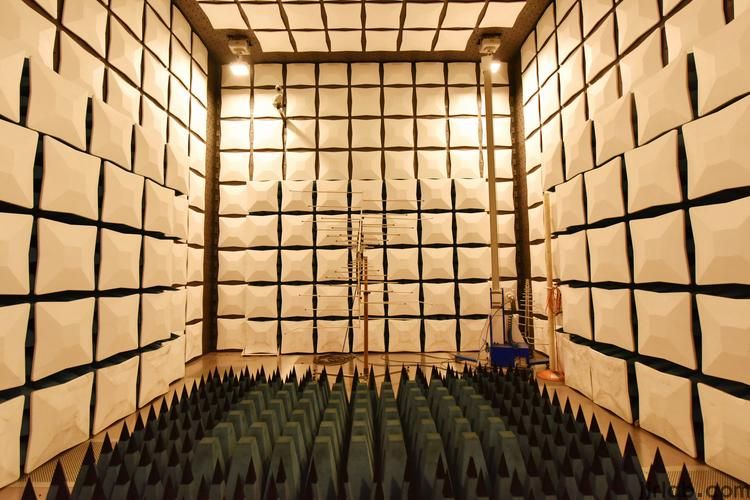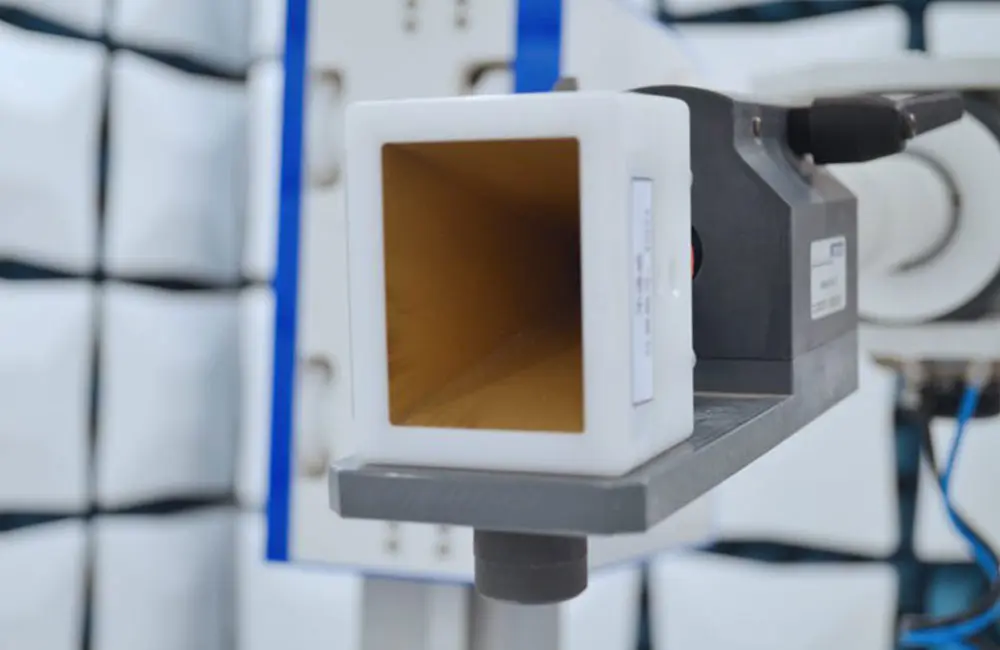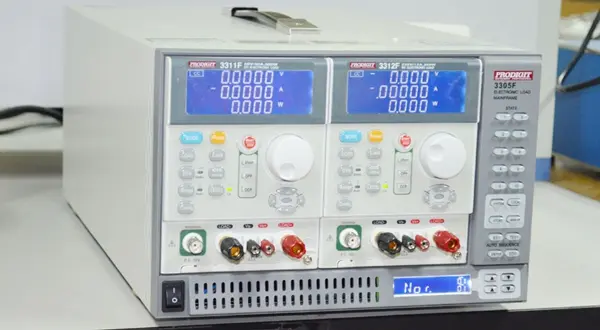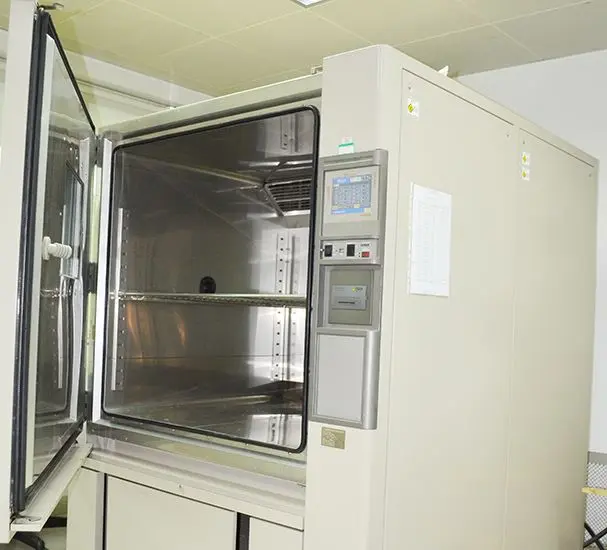
EMC Electromagnetic Compatibility Testing lab
Definition of EMC (Electromagnetic Compatibility)
EMC stands for Electromagnetic Compatibility. According to the International Electrotechnical Commission (IEC), EMC refers to the ability of a device or system to operate as intended in its electromagnetic environment without introducing intolerable electromagnetic disturbances to anything in that environment.

EMC consists of two main components: EMI (Electromagnetic Interference) and EMS (Electromagnetic Susceptibility). EMI pertains to the limit of electromagnetic disturbances emitted by a device during normal operation, while EMS refers to the device’s immunity to external electromagnetic disturbances in its environment.
As electrical and electronic technologies evolve and become more widespread in household appliances, broadcasting, telecommunications, and computer networks, the electromagnetic environment has become increasingly complex. This makes EMC—both EMI and EMS—an essential concern for governments and manufacturers worldwide.
The European Union has mandated that, as of January 1, 1996, all electrical and electronic products must be EMC certified and bear the CE mark before being marketed within the EU. This directive has had global influence, prompting other governments to enforce emc regULations. Under the EU EMC Directive 2004/108/EC, all electrical and electronic products sold in the EU must comply with strict standards regarding emissions and immunity.
Differences and Similarities between EMI and EMS in the EMC Directive
1. EMC includes both EMI (Interference) and EMS (Susceptibility).
2. EMI (Electromagnetic Interference) measures a product’s emissions that may disturb the operation of surrounding electronic or electrical devices. emi testing includes:
- Conducted Emission (CE)
- Radiated Emission (RE)
- Harmonics
3. EMS (Electromagnetic Susceptibility) assesses whether a product can withstand electromagnetic disturbances. EMS tests include:
- Electrostatic Discharge (ESD)
- Electrical Fast Transient/Burst (EFT)
- Surge Immunity
- Voltage Dips Immunity
- Radio Frequency Immunity
Technical Requirements of the EMC Directive
The EU EMC Directive requires that all electrical and electronic products and equipment containing such components must not emit electromagnetic disturbances exceeding specified limits. Furthermore, they must possess a sufficient level of immunity to external disturbances to ensure normal operation under typical conditions.
emc testing Items
1. Conducted disturbance voltage
2. Radiated field strength
3. Disturbance power
4. Interference at antenna terminals
5. Harmonic current
6. Voltage fluctuation
7. RF conducted voltage
8. Low-frequency magnetic field
9. High-frequency magnetic field
10. Continuous disturbances
11. Electrostatic discharge
12. Transient pulses
13. Continuous wave RF immunity
14. Conducted RF immunity
15. Power-frequency magnetic field
16. Pulses
17. Power voltage transients
Products CoveRED by the EMC Directive
1. Components without direct functionality:
2. Household appliances and similar devices
3. Industrial manufacturing equipment
4. Mobile radio and wireless devices
5. Medical and scientific instruments; IT equipment
6. Telecommunication networks and equipment; lighting fixtures
7. Aviation and marine radio equipment; educational electronics
Relevant EMC Standards
EN55011: Limits and measurement methods for radio disturbance characteristics of industrial electrical devices
EN50081-2: EMC – Generic Emissions Standard – Industrial Environment
EN50082-2: EMC – Generic Immunity Standard – Industrial Environment
※ EMC Testing Categories and Applicable Standards
EMI / Electromagnetic Interference
- CE (Conducted Emission): EN55011
- RE (Radiated Emission): EN55011
EMS / Electromagnetic Susceptibility
- CS (Conducted Susceptibility): en61000-4-6
- RS (Radiated Susceptibility): EN61000-4-3
- ESD (Electrostatic Discharge): EN61000-4-2
- EFT/Burst (Electrical Fast Transient): EN61000-4-4
- PFMF (Power Frequency Magnetic Field): EN61000-4-8
- *Surge (Lightning Impulse Immunity): EN61000-4-5
- *PQF (Voltage Dips, Interruptions, and Variations): EN61000-4-11
※ Other Relevant EMC Standards
- EN55011: Industrial, scientific, and medical equipment
- EN55013: Broadcast receivers and associated equipment
- EN55014: Household appliances and hand tools
- EN55015: Lighting equipment
- EN55022: Information technology equipment
Products Not Covered by the EMC Directive
1. Components without direct functionality:
a) Passive electronic components such as resistors, capacitors, coils, vacuum tubes, transistors, thyristors, TRIACs, and ICs
b) Cables and accessories
c) Relays
d) Plugs, sockets, and connectors
e) LEDs and LCDs
f) Basic mechanical thermostats
2. Components with direct functionality:
a) Computer add-on cards (e.g., CPU cards, communication cards)
b) Programmable logic controllers
c) Elevator controllers
d) Motors (except induction motors)
e) Computer disk drives
f) Power supply units (PSUs) for control devices
g) Electronic thermostats
Email:hello@jjrlab.com
Write your message here and send it to us
 LED Lighting EMC Testing Service
LED Lighting EMC Testing Service
 EU REACH Compliance Testing Services
EU REACH Compliance Testing Services
 Electronic and Electrical Reliability Testing Serv
Electronic and Electrical Reliability Testing Serv
 Electronic & Electrical Safety Compliance Test
Electronic & Electrical Safety Compliance Test
 Shenzhen Electronic Electromagnetic Compatibility
Shenzhen Electronic Electromagnetic Compatibility
 How to Test IP68 Rating
How to Test IP68 Rating
 Differences Between FDA and LFGB for Food Contact
Differences Between FDA and LFGB for Food Contact
 Process and Precautions for Amazon CPC Certificate
Process and Precautions for Amazon CPC Certificate
Leave us a message
24-hour online customer service at any time to respond, so that you worry!




